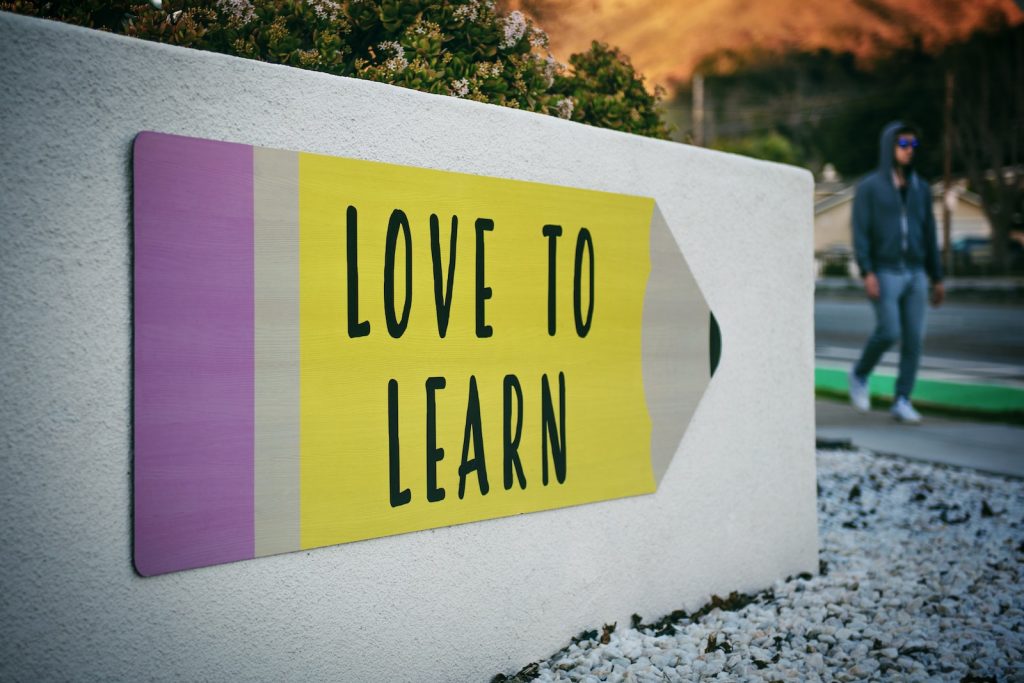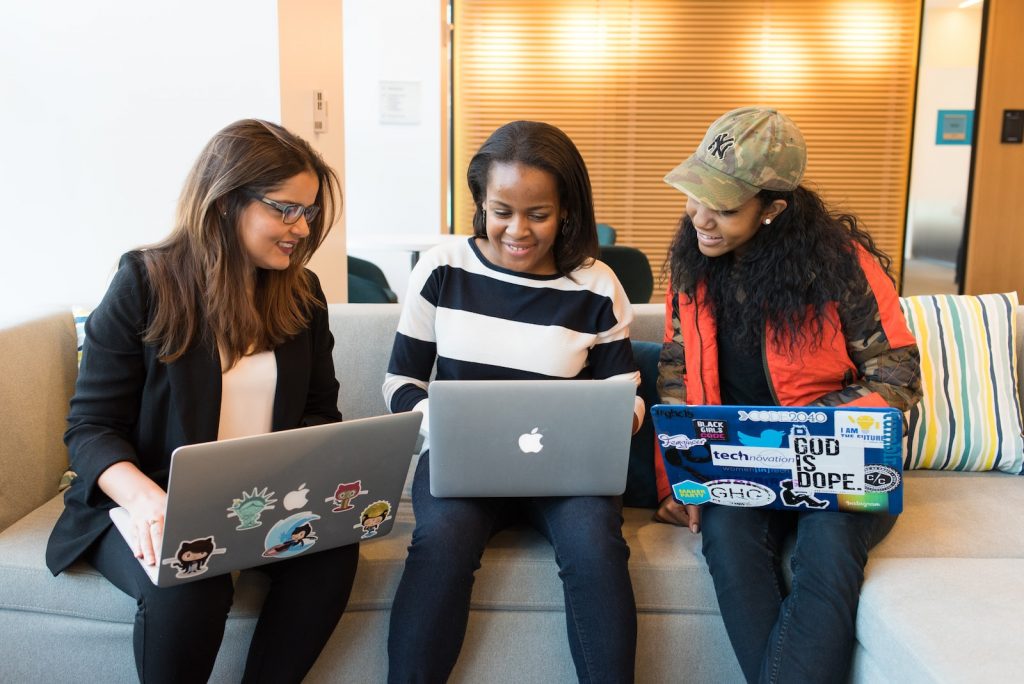Education is the cornerstone of society, and pedagogy is at the heart of it all. But what exactly does this term mean? Pedagogy refers to the methods and principles of teaching, including how educators approach their students, curriculum design, and instructional techniques. In other words, pedagogy is about creating an engaging learning experience that empowers students to reach their full potential. So whether you’re a teacher or just curious about education, join us as we explore everything you need to know about pedagogy!
What is pedagogy?
Pedagogy is a term that comes from the Greek word “paidagogos,” which means “teacher of children.” However, today it refers to the methods and techniques used in teaching students of all ages. At its core, pedagogy is about creating an environment where learners are engaged, challenged, and motivated to learn.
Effective pedagogy involves understanding how students learn best and tailoring instruction accordingly. This can include using a variety of teaching strategies such as lectures, group work, or hands-on activities. It also involves creating a positive learning climate by establishing clear expectations for behavior and providing opportunities for feedback.
When it comes to curriculum design, pedagogy emphasizes active engagement with content rather than simply memorizing facts. This can involve incorporating real-world examples or encouraging students to apply what they’ve learned to new situations.
Ultimately, effective pedagogy requires ongoing reflection and adaptation based on student needs and outcomes. By embracing this approach in the classroom, teachers can help their students achieve success both academically and personally.
The different types of pedagogy
There are various types of pedagogy that educators can use to develop effective teaching strategies and ensure student success. One important type is traditional pedagogy, which emphasizes the teacher as an authority figure who delivers information to students.
In contrast, progressive pedagogy emphasizes student-centered learning and encourages critical thinking skills. This approach prioritizes collaboration between students and teachers in creating a dynamic classroom experience.
Another type of pedagogy is constructivist, which focuses on active learning and problem-solving by allowing students to build their knowledge through hands-on experiences. It encourages inquiry-based instruction where learners explore concepts through experimentation.
Furthermore, social-emotional learning (SEL) pedagogical approaches aim at developing emotional intelligence among children by focusing on empathy, self-awareness, relationship building and conflict resolution.
It’s essential for educators to understand the different types of pedagogy available so they can choose the best approach for their specific classroom needs. By implementing diverse teaching techniques tailored towards individual learner goals – all based on valid research – we can maximize academic achievement while also promoting personal growth and development among our students.
The history of pedagogy
The history of pedagogy dates back to ancient Greece, where the term “pedagogue” referred to a slave who accompanied young boys to school. The pedagogue’s role was not only to escort the children but also teach them basic literacy and numeracy skills.
During the Renaissance period in Europe, humanist scholars believed that education should be focused on developing critical thinking skills rather than rote memorization. Hence, they emphasized the importance of individualized instruction and student-centered learning methods.
In the 19th century, educators such as Friedrich Froebel and Maria Montessori developed innovative teaching strategies aimed at meeting students’ unique needs. Froebel introduced kindergarten programs that fostered creativity through play-based activities while Montessori advocated for hands-on learning experiences using specially designed materials.
As technology advanced in the 20th century, educational theorists like Benjamin Bloom proposed a hierarchical model for classifying different types of educational objectives based on their cognitive complexity level. This resulted in new teaching approaches such as inquiry-based learning and project-based learning.
Today, with advancements in neuroscience and psychology research, we have a better understanding of how people learn best. Many contemporary pedagogical theories emphasize active engagement and experiential learning opportunities tailored to each student’s strengths and interests.
The benefits of pedagogy
Pedagogy offers numerous benefits to students, teachers and the education system as a whole. One of the main advantages is that it promotes active learning, which encourages students to participate in their own learning process. This approach helps them develop critical thinking skills, problem-solving abilities and confidence.
Pedagogical methods also foster creativity by encouraging learners to take risks and try new ideas. By promoting collaboration among students, pedagogy develops social skills such as communication, teamwork and empathy. These soft skills are essential for success in both personal and professional life.
Furthermore, pedagogy caters to individual differences among learners by recognizing diverse learning styles. It enables teachers to identify each student’s strengths and weaknesses so they can provide personalized instruction accordingly.
Another significant benefit of pedagogy is its impact on teacher performance. It equips educators with tools and strategies that help them deliver engaging lessons effectively while maintaining classroom management effortlessly.
Pedagogical approaches enhance student retention rates because they create meaningful connections between knowledge learned in class and real-life situations outside the classroom setting. As a result, students become more motivated towards achieving academic excellence throughout their educational journey.
The challenges of pedagogy
Implementing pedagogy in the classroom can present numerous challenges for educators. One of the biggest hurdles is overcoming traditional and outdated teaching methods that have been ingrained in education systems for decades.
Another challenge can be adapting to students’ diverse learning styles, as pedagogy emphasizes tailoring instruction to individual needs rather than a one-size-fits-all approach. This requires teachers to not only understand how each student learns best but also create a variety of activities and assessments that cater to different learning preferences.
Additionally, implementing pedagogical practices may require more time and effort from educators. It involves creating engaging lesson plans with hands-on activities, group work, and discussions that encourage critical thinking skills instead of just memorization-based exams.
Furthermore, some educational institutions may resist change due to bureaucratic or financial constraints which could hinder the adoption of new instructional techniques such as pedagogy.
Despite these challenges, embracing pedagogical approaches has proven benefits such as improved student engagement, deeper understanding of concepts learned by students, better retention rates and higher overall success levels among students.
How to implement pedagogy in the classroom
Implementing pedagogy in the classroom can seem like a daunting task, but with some careful planning and consideration, it can greatly benefit both teachers and students.
Firstly, it’s important to understand what type of pedagogy works best for your students. Consider their age group, learning styles, and interests when selecting a particular approach. For example, inquiry-based learning may work better for older students who have developed critical thinking skills while younger children may respond better to play-based learning.
Next, create lesson plans that incorporate the chosen pedagogical approach. This might involve giving students more autonomy over their learning or designing activities that encourage collaboration and discussion between peers.
It’s also important to set clear expectations for behavior and participation during class time. Students should be encouraged to take an active role in their own learning process by asking questions and contributing ideas.
Provide feedback on student progress throughout the school year so that they know what areas they need to focus on improving. By implementing pedagogy in this way, teachers can help cultivate engaged learners who are eager to explore new ideas and concepts within the classroom setting.
Conclusion
Pedagogy is an essential aspect of education that has evolved over time to become more student-centered, engaging, and effective. It involves creating a learning environment that encourages critical thinking, problem-solving, collaboration, and creativity.
The importance of pedagogy cannot be overstated as it provides the foundation for quality education. By understanding the different types of pedagogical approaches and how they can be implemented in the classroom, teachers can create a dynamic learning environment that meets the needs of all students.
While there may be challenges associated with implementing pedagogical strategies such as resistance to change or lack of resources, these obstacles should not discourage educators from exploring new ways to engage their students.
Pedagogy remains an important area in education where teachers need to continually adapt their methods and techniques based on emerging trends and research findings. Through adopting innovative teaching practices grounded in sound educational principles, teachers can foster engaging classrooms environments that promote lifelong learning among their students.




